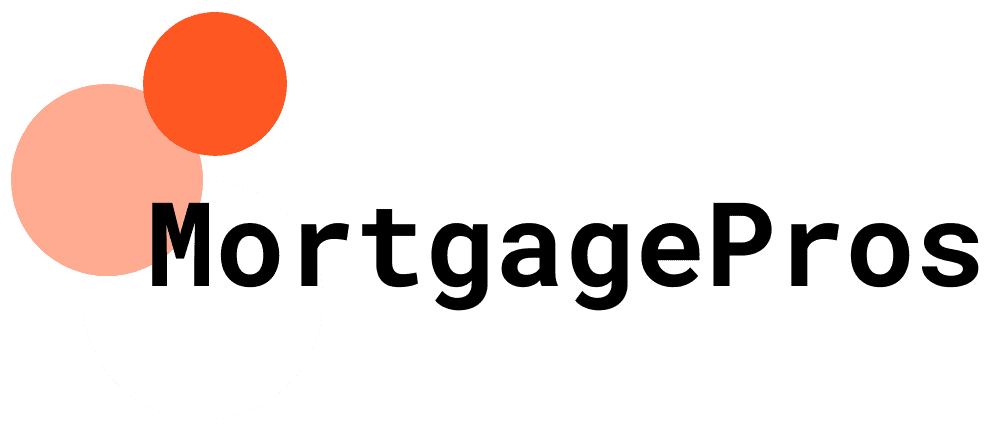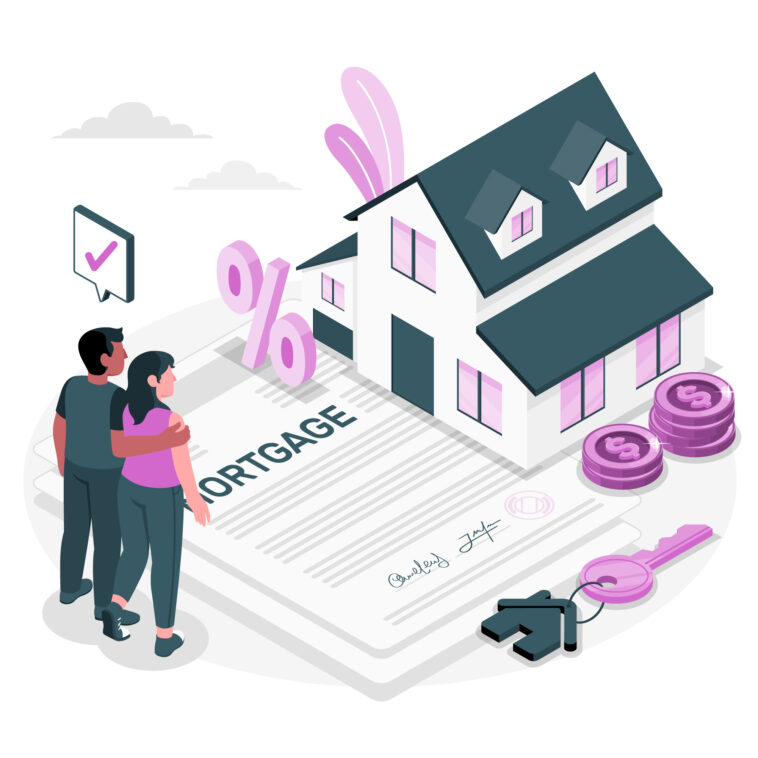Buying a home is one of the most significant financial decisions you’ll ever make, and if you’re like most people, you’ll need a mortgage to make that dream a reality. But before you dive into the home-buying process, it’s essential to understand mortgage terms and how they impact your financial future. The term of your mortgage — whether it’s 15 years, 30 years, or something in between — can have a profound effect on your monthly payments, interest rate, and the total cost of the loan.
In this guide, I’ll break down everything you need to know about mortgage terms so you can make an informed decision that aligns with your financial goals. Whether you’re a first-time buyer or looking to refinance, understanding how mortgage terms work is crucial to securing the best deal for your situation.
1. What is a Mortgage Term?
A mortgage term is the length of time you have to repay your mortgage loan in full. It typically ranges from 10 to 30 years, with the most common terms being 15-year and 30-year mortgages. During this time, you’ll make regular monthly payments that include both the principal (the amount you borrowed) and the interest (the cost of borrowing).
The mortgage term is separate from the interest rate, though the two are closely connected. Generally, shorter mortgage terms come with lower interest rates but higher monthly payments, while longer terms offer lower monthly payments but higher interest rates. Choosing the right mortgage term depends on your financial situation, how quickly you want to build equity, and your long-term goals.
- Common mortgage terms: 15-year, 20-year, 25-year, and 30-year fixed-rate mortgages.
- Key factors to consider: Monthly payment amount, interest rate, total interest paid over the life of the loan, and how long you plan to stay in the home.
2. 30-Year Mortgage: The Popular Choice
The 30-year mortgage is by far the most common type of home loan in the United States. This long-term mortgage offers lower monthly payments, making homeownership more affordable for many buyers. If you’re looking to maximize your cash flow each month or need more flexibility in your budget, a 30-year mortgage might be the perfect option.
Pros of a 30-Year Mortgage
- Lower monthly payments: The extended repayment period spreads your loan over a longer time, which significantly reduces your monthly payments.
- Greater affordability: Lower monthly payments make it easier to qualify for a larger loan, allowing you to purchase a more expensive home.
- Flexibility: Lower payments free up money that can be used for other financial goals, like saving for retirement or building an emergency fund.
Cons of a 30-Year Mortgage
- Higher interest rates: Lenders charge higher interest rates for longer mortgage terms because they take on more risk. This means you’ll end up paying more in interest over the life of the loan.
- More interest paid overall: Because of the longer term and higher interest rate, you’ll pay significantly more in interest over 30 years compared to a shorter-term loan.
- Slower equity growth: With a longer mortgage, a larger portion of your monthly payment goes toward interest in the early years, which slows down the rate at which you build equity in your home.
3. 15-Year Mortgage: A Path to Faster Homeownership
If your goal is to pay off your home sooner and reduce the amount of interest you pay over time, a 15-year mortgage might be the better option. While the monthly payments are higher, you’ll benefit from lower interest rates and faster equity growth.
Pros of a 15-Year Mortgage
- Lower interest rates: Lenders typically offer lower interest rates for shorter mortgage terms because the loan is less risky for them.
- Less interest paid: By paying off your mortgage in half the time, you’ll save tens of thousands of dollars in interest compared to a 30-year mortgage.
- Faster equity growth: More of your monthly payment goes toward the principal, allowing you to build equity in your home more quickly.
- Debt-free sooner: Paying off your mortgage in 15 years means you’ll own your home outright much sooner, freeing up funds for other investments or financial goals.
Cons of a 15-Year Mortgage
- Higher monthly payments: The shorter term means higher monthly payments, which can be challenging if you have a tight budget.
- Less flexibility: Higher payments leave less room in your budget for other expenses, savings, or investments.
- May limit home price: With higher monthly payments, you may qualify for a smaller loan, which could limit your home-buying options.
4. Adjustable-Rate Mortgages (ARMs): Flexibility with Some Risk
An adjustable-rate mortgage (ARM) offers an interest rate that starts lower than a fixed-rate mortgage but can change after an initial period. ARMs typically begin with a fixed interest rate for the first 3, 5, or 7 years, after which the rate adjusts annually based on market conditions.
ARMs can be an excellent option if you don’t plan to stay in your home long-term or if you expect your income to increase significantly in the coming years. However, they carry more risk, as your payments could increase substantially once the initial fixed-rate period ends.
Pros of ARMs
- Lower initial interest rate: ARMs usually start with a lower interest rate than fixed-rate mortgages, which can make them more affordable in the early years.
- Potential for lower payments: If interest rates remain stable or decrease after the adjustment period, your payments could remain low or even decrease.
- Good for short-term ownership: If you plan to sell your home before the adjustable period begins, you can take advantage of the lower initial rates without worrying about rate increases.
Cons of ARMs
- Uncertainty: Once the fixed-rate period ends, your interest rate can increase significantly, leading to much higher monthly payments.
- Complex terms: ARMs have complicated structures that can be difficult to understand, especially when it comes to how much and how often the rate can adjust.
- Risk of higher costs: If market interest rates rise, you could end up paying much more over the life of the loan than you would with a fixed-rate mortgage.
5. How to Choose the Right Mortgage Term for You
Choosing the right mortgage term depends on your financial situation, long-term goals, and personal preferences. Here are a few key factors to consider when deciding between different mortgage terms:
Monthly Budget
Your monthly budget will likely play the most significant role in determining which mortgage term is best for you. If you need to keep your monthly payments low to accommodate other expenses or financial goals, a 30-year mortgage may be the best fit. On the other hand, if you can afford higher monthly payments, a 15-year mortgage could save you thousands of dollars in interest and help you pay off your home sooner.
How Long You Plan to Stay in the Home
If you plan to stay in your home for the long term, a 15-year or 30-year fixed-rate mortgage provides stability and predictability. However, if you expect to move within the next few years, an ARM with a low initial rate may be more cost-effective since you won’t be paying the mortgage for the full term.
Interest Rates
In a low-interest-rate environment, locking in a fixed-rate mortgage can be a smart move, especially if you plan to stay in the home long-term. However, if interest rates are high, you might consider an ARM with the hope that rates will drop in the future, allowing you to refinance into a better loan.
Long-Term Financial Goals
Think about your broader financial goals when choosing a mortgage term. If your goal is to pay off your home as quickly as possible and save on interest, a shorter mortgage term might be the best option. However, if you prefer to keep more cash on hand for investments, savings, or other expenses, a longer term with lower payments could be more beneficial.
Conclusion: Finding the Perfect Mortgage Term
Choosing the right mortgage term is about balancing your current financial needs with your long-term goals. While a 30-year mortgage offers lower monthly payments and greater flexibility, a 15-year mortgage can save you money in the long run by reducing the amount of interest you pay. Adjustable-rate mortgages provide another option for those who expect to move or see significant income growth in the near future.
Ultimately, the best mortgage term for you depends on your budget, how long you plan to stay in your home, and your comfort level with risk. By carefully weighing the pros and cons of each option, you can make an informed decision that sets you up for long-term financial success and homeownership satisfaction.
FAQ: Common Questions About Mortgage Terms
- Q: Can I pay off a 30-year mortgage early?A: Yes, you can pay off a 30-year mortgage early by making extra payments toward the principal. Just make sure your loan doesn’t have prepayment penalties that could result in additional fees.
- Q: Is it better to get a 15-year or 30-year mortgage?A: It depends on your financial goals. A 15-year mortgage allows you to pay off your loan faster and save on interest, but a 30-year mortgage offers lower monthly payments and more flexibility.
- Q: How does refinancing affect my mortgage term?A: When you refinance, you can choose to reset your mortgage term. For example, if you’ve been paying off a 30-year mortgage for 10 years, you can refinance into a new 15-year or 30-year loan depending on your financial goals.
- Q: What happens if I sell my home before my mortgage term ends?A: If you sell your home before the mortgage term ends, you will use the proceeds from the sale to pay off the remaining balance of your loan. Any equity you’ve built in the home will be yours to keep.
- Q: Can I switch from a 30-year to a 15-year mortgage?A: Yes, you can refinance your 30-year mortgage into a 15-year mortgage if you qualify. This can help you save on interest and pay off your home faster, but it will likely result in higher monthly payments.

